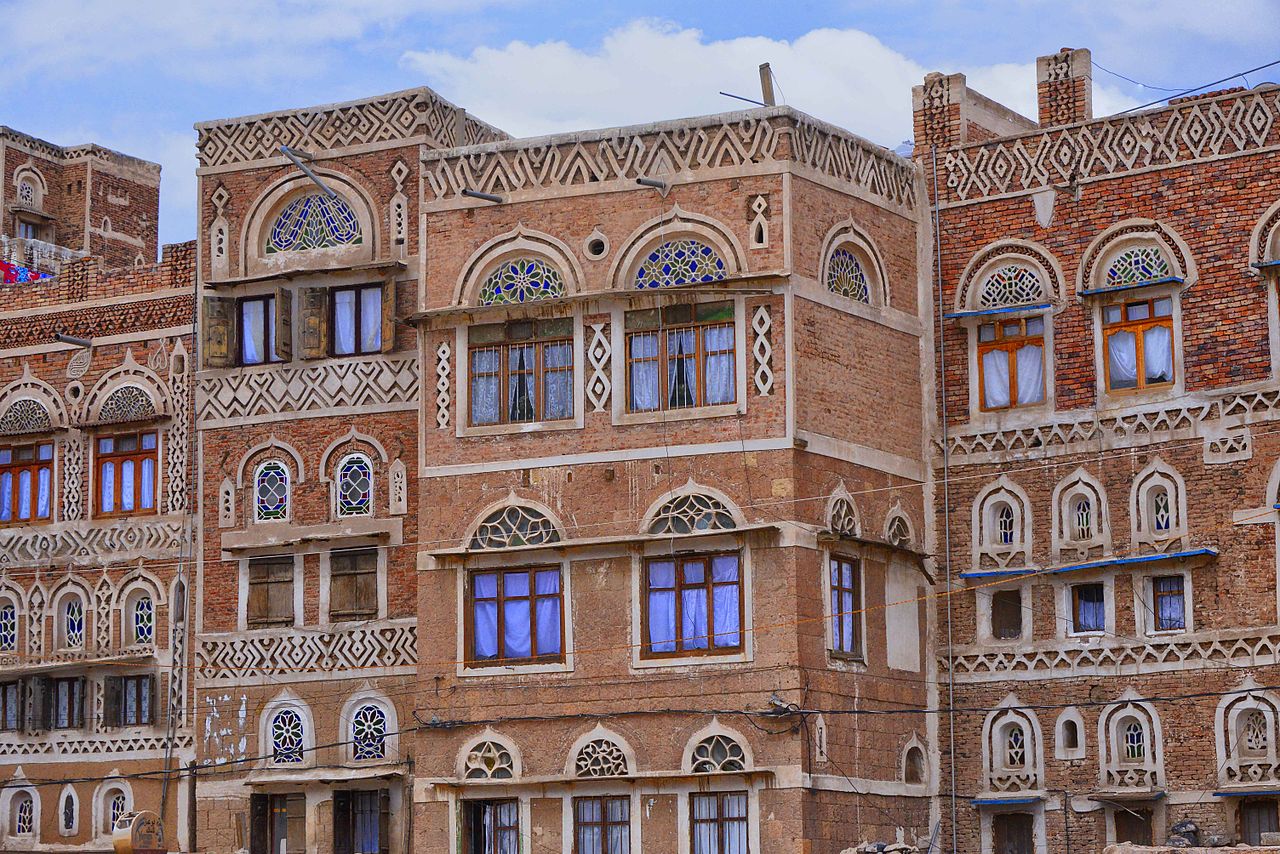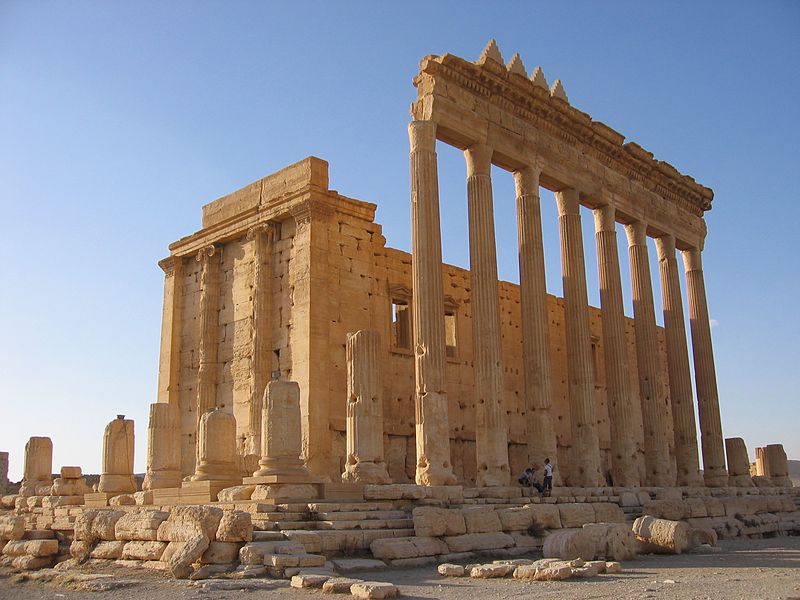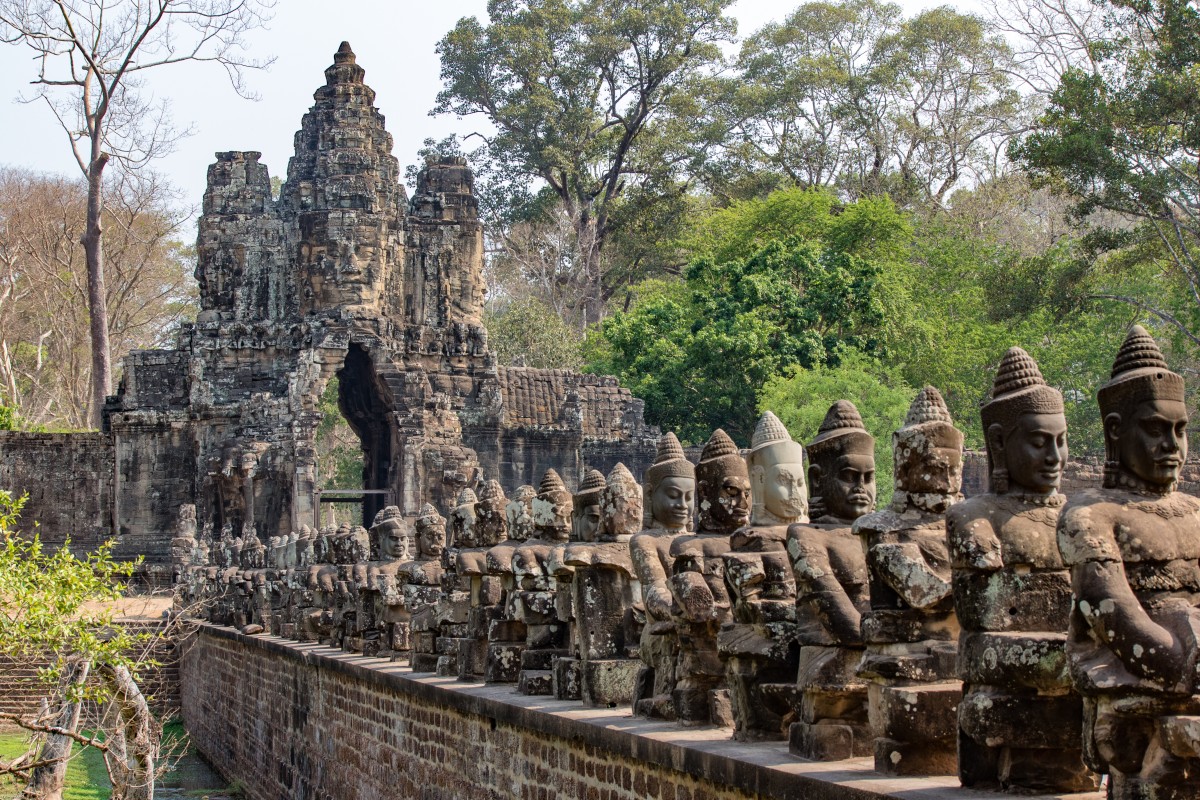The World Heritage Committee meets again in a few weeks in Bahrain to select the sites that will be listed in the UNESCO World Heritag List. Time for some Facts and figures before the big day arrives.
UNESCO adopted the convention concerning the protection of the World cultural and natural heritage on 16 November 1972. It entered into force in 1975, and the first inscriptions on the World Heritage list followed in 1978. The convention defines cultural and natural heritage in a way that views in its entirety, in its overall context; and it states that it is incumbent on the international community as a whole to take part in protecting world heritage and transmitting it to future generations. In 1982 the old city of Jerusalem, “in view of the special political situation”, was the first cultural heritage site to be entered on a list of World heritage in danger. To date, the convention has been ratified by 190 states. Each state that is party to the convention recognizes the duty of ensuring protection of World Heritage sites within their frontiers and of conserving them for future generations.

On the adoption of the global Strategy in 1994, the concept of cultural heritage was enlarged, with “cultural landscape” being added as a subcategory of “cultural site”. The UNESCO attaches priority to nominations from countries that don’t yet figure on the World Heritage list. This is because more than half of all world heritage sites formerly lay in Europe and North America. The definition of cultural heritage in Article 1 of the convention reflected the western world’s own definition of itself with reference to cultural heritage in the 1960s. In 1994 the Nara document on Authenticity, adopted in Nara, Japan, opened the way for the recognition of non-western concepts and techniques of conservation. The further development of the world heritage idea is also reflected in the membership of the World heritage committee. On this body, members from the southern hemisphere are gradually replacing and outnumbering members from the north.

2018: 1.000 sites under UNESCO protection
Over 1.000 cultural and natural heritage sites representing all the continents are registered on the UNESCO World heritage list. Of the 193 States parties to the UNESCO convention on the protection of cultural and natural heritage, 167 have properties on the World heritage list. The list of World Heritage in danger currently numbers 54 World Heritage sites, including the Old City of Sana’a in Yemen, the ancient city of Palmyra, Assur in Irak, the early Christian ruins of Abu Mena in Egypt and Everglades National Park in America. The UNESCO World Heritage committee checks every year whether the sites are still in danger. The World Heritage committee meets once a year to decide, among other things, on inscriptions on the World Heritage list. This year the 42nd session of the World Heritage Committee will take place between June 24 and July 4 in Bahrain. Proposals for inscription may only be submitted by member states, which, by doing so, accept responsibility for preservation of the site.
Source: Archaeology Worldwide 2015
Image: Temple of Angkor Wat, Cambodia | pxhere.
Read more:
